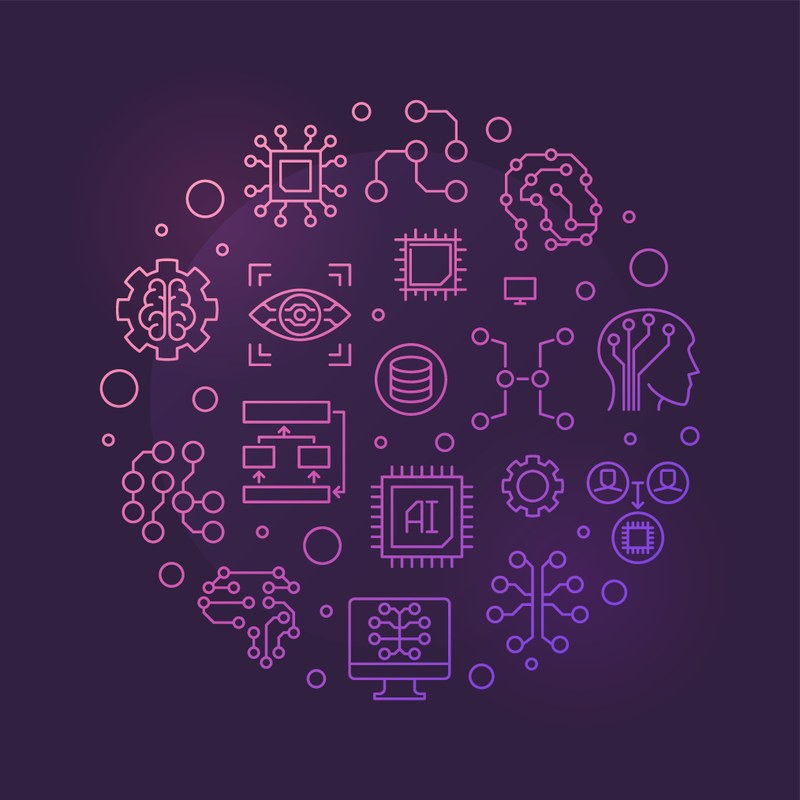Main Content
Artificial intelligence & data analytics

is a branch of computer science that deals with the development of algorithms and systems that mimic human-like abilities such as learning, problem solving, or decision making. Data analytics is concerned with analyzing potentially large amounts of data from various sources and transforming it into useful information. Artificial intelligence and data analytics help users identify patterns in their data, gain new insights, optimize processes, and make better decisions. An important aspect of artificial intelligence is its machine learning capability. This enables an AI system to adapt to new data and requirements and improve its performance.
In our department, different aspects of artificial intelligence and data analytics are addressed. The "Data Science in Biomedicine" group, for example, deals with algorithms for omics data to solve biomedical problems, such as the prediction of drug resistance of pathogens, the modeling of diseases or the analysis of (meta-)genomic and (meta-)transcriptomic data of microorganisms. The "Language Technologies" group
combines knowledge from different areas such as natural language processing, machine learning and computational social sciences with the goal of developing user-oriented dialog agents and systems for interpreting web discourse. The "Distributed Systems and Intelligent Computing" group develops, among other things, machine learning algorithms for audiovisual data to solve problems that arise in the automated analysis of images, videos or audio recordings. The "Business Informatics" group deals with applications in the field of business intelligence. The "Big Data Analytics" group develops, among other things, methods for the detection of anomalies in time series data. One focus of the "Database Systems" group is the efficient processing of data streams and pattern recognition in data streams.